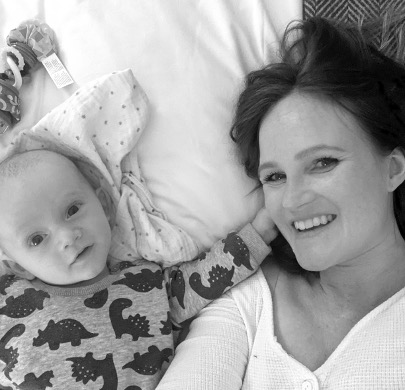Breast Milk and Alcohol
Busting Myths and Demystifying the Science
Research Findings Expert Views Alcohol Content Calculator
Advice from health authorities around drinking and breastfeeding tends to be vague and confusing. It is often acknowledged that an occasional drink is very unlikely to harm your baby, but it is also often discouraged as a precaution. Some authorities advise total abstinence or at least waiting several hours to feed after drinking.
So, what should breastfeeding parents, who want to drink occasionally without feeling guilty or always having to pre-plan pump sessions and feed times, do?
Some may decide, alongside other factors, to give up breastfeeding early, contributing to the steep decline in breastfeeding rates seen in high-income countries across the first 6 months. But as the research findings and expert views suggest below, this could be overly cautious and perhaps even counterproductive when the benefits of breastfeeding are considered.
Based on the research available, there is a lack of clear evidence to suggest that moderate and occasional drinking negatively impacts breastfed babies. This is because only a very low percentage of the alcohol a mother drinks gets into her milk.
Scientists have consequently suggested that highly conservative alcohol guidelines for breastfeeding parents have little justification1. Instead, it’s been proposed that adhering to general alcohol-consumption advice, e.g., drinking no more than 14 units a week across at least 3 days, would be enough to ensure breast milk alcohol content remains clinically irrelevant.
Note: co-sleeping should be avoided even with moderate drinking, as doing so after consuming more than two units has been linked to SIDS12.
This tool is designed to show breastfeeding parents how much alcohol enters breast milk.
You will see that when moderate levels of alcohol are consumed (e.g. two standard drinks), breast milk alcohol content will peak at under 0.1%. In fact, it is physically impossible for blood and therefore breast milk to exceed an alcohol content of 0.55% - about the same as a non-alcoholic beer - and to reach this point, fatal amounts of alcohol would need to be consumed11.
